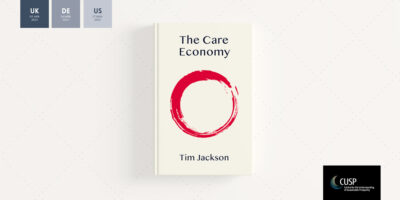Environments and the experience of flow: A scoping review
Megan Cumming, Birgitta Gatersleben, Jason Davies, Aïsha van Buuringen and Amy Isham
Journal of Environmental Psychology | May 2025

Summary
Investigations into how natural and built environments impact mental health often prioritise hedonic experience over other meaningful aspects of human wellbeing, such as psychological flow. Flow refers to episodes of deep immersion in intrinsically motivated activities, which can generate feelings of fulfilment and self-transcendence, contributing to both hedonic and eudaimonic wellbeing. While individual differences and social context can enable or inhibit flow, the relationship between environmental settings and flow experiences remains unclear.
This review maps existing primary research on how natural and built environments relate to flow. Sixty sources, published between 1975 and the end of 2022, show that flow is not only shaped by the environment but also tied to place-based meaning. Four key themes emerge: (1) contact with nature, (2) person–environment fit, (3) aesthetics, and (4) relationship to place. The review also identifies future research opportunities and potential implications for nature-based interventions.
The article is available in open access format via the Science Direct website. If you have difficulties accessing the paper, please get in touch: info@cusp.ac.uk.
Citation
Cumming M, Gatersleben B, Davies J, van Buuringen A and Amy Isham 2025. Environments and the experience of flow: A scoping review. In: Journal of Environmental Psychology. https://doi.org/10.1016/j.jenvp.2025.102605.



